Rein Verbeke - Senior postdoc in the Ghent Research Group on Nanomedicines, Ghent University, Belgium
Rein Verbeke - senior postdoc in the Ghent Research Group on Nanomedicines, Ghent University, Belgium
Biography
Rein Verbeke is a senior postdoc in the Ghent Research Group on Nanomedicines, Ghent University, Belgium. His PhD focused on the design of mRNA-LNPs and the adjuvancy of mRNA vaccines. Rein continued his research on the validation of a glycolipid-adjuvanted mRNA vaccine (Galsomes) for cancer and intracellular bacterial infections. In 2022, he visited the group of Prof. Pieter Cullis, University of British Columbia, where he investigated the contribution of LNPs to the immunogenicity and reactogenicity of mRNA vaccines. Rein is also director of the Ghent NanoMedicine Centre (NMC), www.nanomedicinecentre.com. NMC offers expertise and infrastructure for the formulation and comprehensive characterization of biotherapeutics in nanoparticle-based systems.
Interview
NanoSphere: Tell us a bit about yourself—your background, journey, and what led you to where you are today.
Rein: When I was 18, I was involved in a variety of things, but school wasn’t really my priority. I was considering everything from architecture, geology, physics, graphical design to medicine when thinking about what to study next. Eventually, just a few days before university started, I decided to study pharmaceutical sciences. To be honest, it wasn’t until my final years—when I had the chance to work in the lab as an undergraduate and learn more about immunotherapy and how nanoparticles could be used to modulate immune cells—that I discovered my true passion. You have to understand, these were still early days. The discovery of dendritic cells and toll like receptors had just been awarded the Nobel Prize, and early advances in lipid nanoparticle-mediated mRNA delivery were starting to gain recognition. I was very excited—perhaps a bit nervous—to start my PhD in the Ghent Research Group on Nanomedicines, working on a project focused on designing mRNA-loaded lipid nanoparticles for targeting dendritic cells. Thirteen years later, I consider myself very fortunate that we are now preparing our in-house developed mRNA vaccine platform for first-in-human clinical trials thanks to the support of many researchers. In 2022-2023, I joined the lab of Prof. Pieter Cullis as a visiting postdoc, University of British Columbia, Vancouver, who pioneered the LNP platform that is used today in mRNA vaccines and therapeutics. The ample experience of the Cullis lab in LNP design and structure, its broad network both in academia as in industry, allowed to deepen my knowledge about this technology and to expand my scientific network in North America. These days, I’ve had to come to terms with the fact that my place is more behind a desk than at the lab bench. In addition to supervising PhD students and writing research grants, I’ve taken on a new role leading an initiative called the 'NanoMedicine Centre’. Through this initiative, we offer expertise and infrastructure to support both academic groups and industry in the formulation and in-depth characterization of nanomedicines. I’m genuinely surprised by how fascinating analytical techniques can be for studying these tiny materials—perhaps I’ve even discovered a new passion (though immunology still holds first place in my heart).
NanoSphere: Your co-authored chapter provides a historical overview of mRNA vaccine development. Reflecting on this journey, what do you identify as the pivotal breakthroughs that have enabled the rapid advancement of mRNA vaccines, particularly in response to emerging infectious diseases?
Rein: In this chapter, we tried to explain the milestones on the journey towards safe and effective mRNA vaccine products. Most technological breakthroughs result from an iterative process, where several technical hurdles must first be overcome—and mRNA vaccines are no exception. However, you can identify a few essential discoveries. First, it’s undeniable that the discovery of naturally occurring modified nucleotides—specifically modified uridines—was a seminal breakthrough in understanding how mRNA could be engineered to bypass the cell’s antiviral defense mechanisms. Secondly, among various optimizations, the substitution of permanently cationic lipids with ionizable (pH-responsive) lipids in lipid nanoparticles represented a key advancement in achieving safe and efficient nucleic acid delivery. Finally, we should not overlook the crucial role played by industry, who initiated clinical trials to test a wide range of mRNA designs and delivery approaches. By applying the lessons learned from these early trials, companies like CureVac, BioNTech, and Moderna systematically advanced successive generations of mRNA technologies. So, when the SARS-CoV-2 pandemic emerged, several mRNA vaccine platforms had already reached a significant level of maturity—enabling these companies to develop vaccine candidates against the virus in record time.
NanoSphere: In your recent chapter on mRNA vaccine development against Mycobacterium tuberculosis, you discuss the challenges posed by antimicrobial resistance. What are the key hurdles in designing mRNA vaccines for TB, and how does this approach compare to traditional vaccines like BCG in terms of eliciting protective immunity?
Rein: mRNA vaccines have demonstrated tremendous potential as a platform for combating viral pathogens. However, when it comes to bacterial diseases, several important questions remain unanswered. Many bacterial proteins are complex multi-subunit proteins and when encoded by in vitro transcribed IVT mRNA they may be poorly expressed in mammalian host cells. Bacterial mRNA vaccine development is further complicated by the fact that for several bacterial diseases the immune correlates of protection are largely unknown, including for TB. One reason why BCG is effective is its ability to induce innate immune memory—known as trained immunity—which involves epigenetic and metabolic reprogramming of innate immune cells. Current research suggests that this feature is not present in existing mRNA vaccine platforms. As part of the EU Horizon consortium 'Baxerna', we are investigating various design parameters of bacterial mRNA vaccines—from antigen discovery, mRNA design to the development of thermostable formulations and the establishment of a GMP-compliant production process. One question we are addressing is whether incorporating α-Galactosylceramide as an adjuvant in mRNA LNPs can broaden and enhance the vaccine’s immunogenic profile to achieve improved protection against bacterial pathogens.
NanoSphere: If there’s one key message or insight you’d like to share with readers about the future of nanomedicine, what would it be?
Rein: I enjoy working in the field of nanomedicine because it brings together insights from a wide range of scientific disciplines. While the field itself is not new and builds on decades of research, the recent surge in interest and investment—especially in technologies LNPs—can sometimes feel overwhelming. Still, it's important not to underestimate how much there is yet to learn about these complex systems.
Rein: I enjoy working in the field of nanomedicine because it brings together insights from a wide range of scientific disciplines. While the field itself is not new and builds on decades of research, the recent surge in interest and investment—especially in technologies LNPs—can sometimes feel overwhelming. Still, it's important not to underestimate how much there is yet to learn about these complex systems.
Rein`s references:

